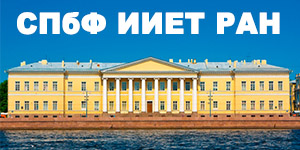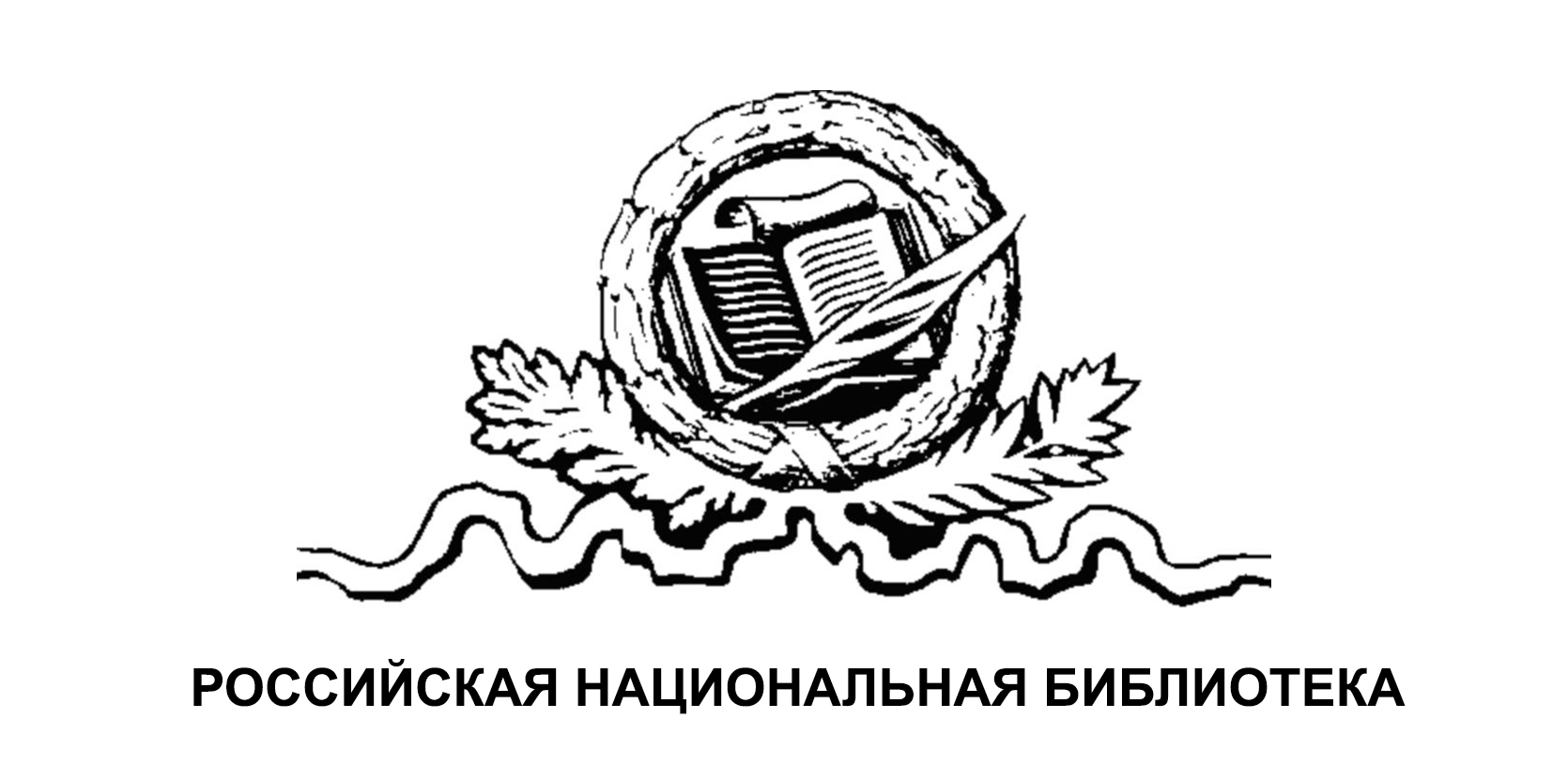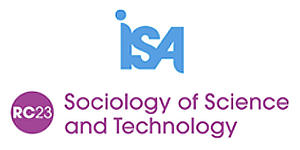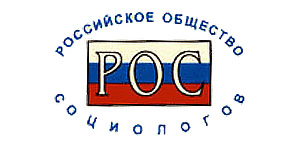Методологическая эволюция Р.К. Мертона
Петров М.К. (1923–1987)
КЛЮЧЕВЫЕ СЛОВА: РОБЕРТ К. МЕРТОН, СОЦИОЛОГИЯ НАУКИ, ЭТОС НАУКИ, АКТУАЛИЗМ
АННОТАЦИЯ:
Рассматривается развитие американской социологии науки, связанной, прежде всего, с именем Р. К. Мертона. Анализируется эволюция его теоретических взглядов: в работах конца 1930-х годов Мертон остается еще способным учеником Сорокина и Парсонса, ограничивая меру своей теоретической самостоятельности “внешней социологией” науки. В работах 1960-х и начала 1970-х годов Мертон эзотеричен, занят научной деятельностью как таковой, придерживаясь рамок сформулированного им в 1961 году для собственного употребления поведенческого постулата, восходящего к Бэкону.
ОПИСАНИЕ НА АНГЛИЙСКОМ ЯЗЫКЕ:
The Methodological Evolution of R. K. Merton
Petrov Mikhail K. (1923–1987)
During his forty years of active participation in shaping sociology of science as a separate scientific discipline, Merton walked a long and not always straight road. In his late 1930s works he still remained an able follower of Sorokin and Parsons. In the 1960s to 1970s, Merton studied scientific activity as such. His general shift of interest from the historical problem of science as an institution to the problem of functioning forms of scientific activity was accompanied by what are called ‘actualist’ tendencies. Actualism is understood as – common for all experimental sciences — a proceduralcognitive-postulate complex based on the united principles of observation and verification. An explanation of a phenomena observed, if it is to be considered scientific, must be limited to or by the observation of causes. Within actualism, it is impossible to express knowledge of phenomena or objects the essential feature of which are marks of singularity, uniqueness, or space and time. The growing actualist trends point to constant efforts to reconstruct the subject matter of sociology of science in order to find in it invariant universal units and structures that belong to the disciplines so-called “eternity”. The book “Sociology of Science,” with Merton’s 22 papers, enables us to thoroughly follow Merton’s transformation. The mid-1950s saw growing disagreements with Sorokin and later with Parsons. Merton more and more often tried to find in F. Bacon basic analogies, subject-methodological postulates, and ideas of what sociology of science should be as a scientific discipline. The Bacon of 1961 in Merton hardly resembled his 1938 Bacon. If earlier on he was a scholar dreaming of the almighty scientific method, later on he became a distinguished sociologist who managed to say everything about sociology of science. The 1961 Bacon formulated four basic requirements for scientific disciplines and for the disciplinary form of cognition in general: a) incremental accumulation of knowledge; b) continuous social interaction between scientists; c) methodological use of research procedures; d) all social and scientific innovations are “conditioned by time”. It is clear that it is not about the theory formulated by Bacon himself, but about Merton’s “guesswork”. Bacon is readily taken out of the 1615 context by Merton, which is why he is such an amenable staff in Merton’s hands. Merton got the idea that scientific disciplines progress unevenly, and that disciplines, with physics at their head as the “most developed”, built a hierarchical structure in a certain distinctive scientific time. Scientific work according to the rules of natural sciences (observability, experimental verification, incremental accumulation, puzzle solving, prohibition of repeating the results) suggests a quite certain “natural” structure of a discipline, as well as a certain cognitive position of a scientist. Merton’s shuttle movements, his constant journeys from modernity to the XVII century and from the XVII century to modernity are not so innocuous. In the 1960s Merton paid much attention to the issues of pathological science (multiple discoveries, priority quarrels, the paradoxes of recognition and reward system) and the attendant problem of the ambivalence of scientists’ motivation. These subsequently replaced the historical component that was seen in Merton’s early works. Sociology of science — as shaped by Merton — saw substitution of the historical with the extra-historical, static or “eternal”. Confined to ambivalence — motivation, contributions, judgments, recognition, scientific careers — the subject matter of sociology of science acquires a typical “dissociated” structure with its highest unit — a scientist’s career. Other components of the subject matter in sociology of science subsequently lose their substance, for example, scientists’ training (reproduction of scientific agents) and institutions for utilizing scientific knowledge (transfer of knowledge to places and dates of application). In seeking disciplinary perfection, the Mertonian “1960s paradigm” ignores the practical use of scientific findings. The “1960s paradigm” brings the biggest distortions into the structure of scientific activity, its research and academic aspects. Merton assigns four roles to scientists: researcher, teacher, administrator, gatekeeper. The roles are presented as relatively independent forms of activity. The role of a teacher — treated as an “honorary retreat” for scientists who have left research – sustains the biggest damage. The reason for this dissociation of the scientist’s role may be again found in the “1960s paradigm” that concentrates researchers’ attention on the scientific career and its main defining factor, which means accumulating personal contributions (though it ignores the fact that contributions are of different types). Merton’s “1960s paradigm”, though a very significant effort, does not constitute the entire sociology of science (be it even only American), but rather a specific and in a certain sense (actualism) dead-end research approach in the sociology of science. The “1960s paradigm” finds its clearest conceptual contradiction in the notions of citation-rewarding that were suggested for the first time by Price, as well as in Kuhn’s theory of scientific revolutions. Merton considered Kuhn’s scientific revolutions to be on the periphery of the subject matter of sociology of science. The “1960s paradigm” cannot be deemed complete or in any sense final for all sociologists of science. It left outside of its analysis quite essential ties and indicators of disciplinary efforts. Neglecting them can hardly allow a scholar to off er a causal description of the phenomena that are materialized in Merton’s paradigm. The general actualist sense of the “1960s paradigm” and its orientation to extra-temporal universals does not allow researchers who use this paradigm to go beyond description of the facts from scientific work. Instead, it calls into question the possibility of applying such knowledge to solving practical problems.










